ADA: 31st Annual Report 2015 - 2016 (LCA Mk.2 Navy/AF -> pages 22-30)
Note: 2016 - 2017 Annual Report should be out in April.
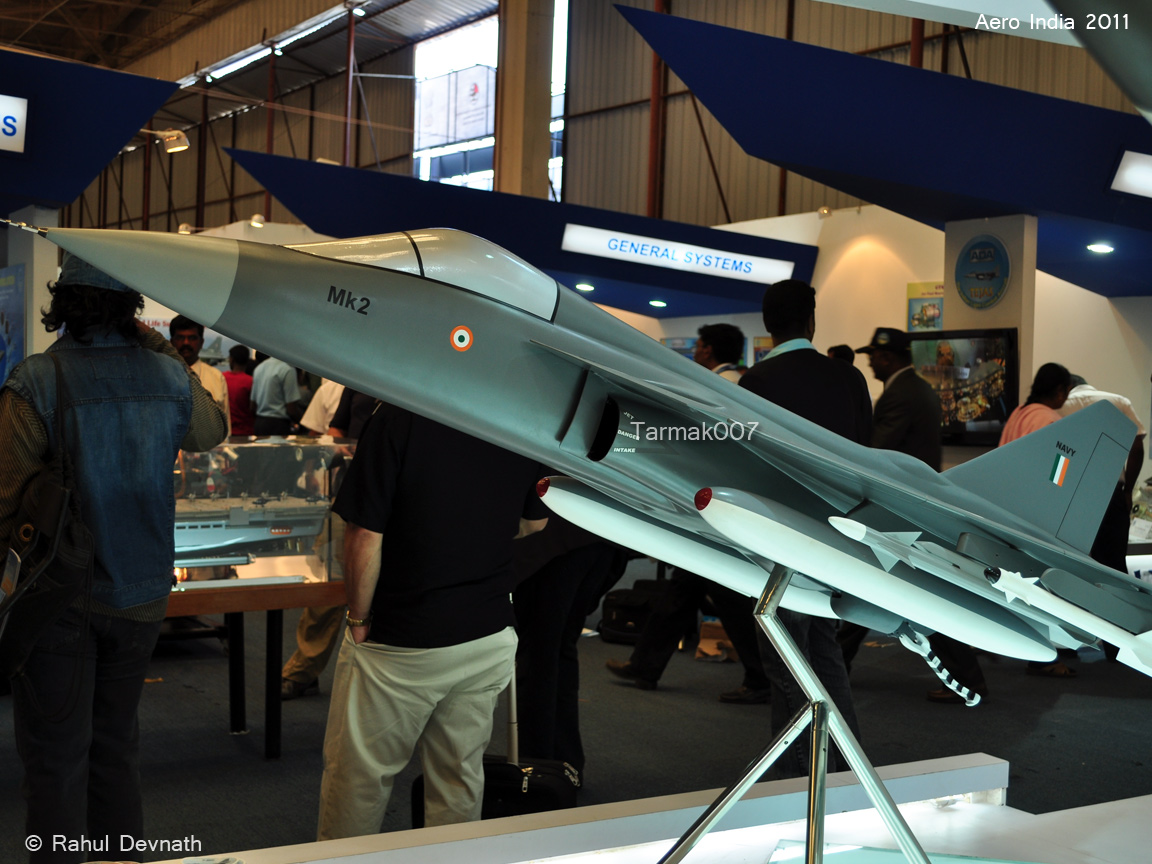
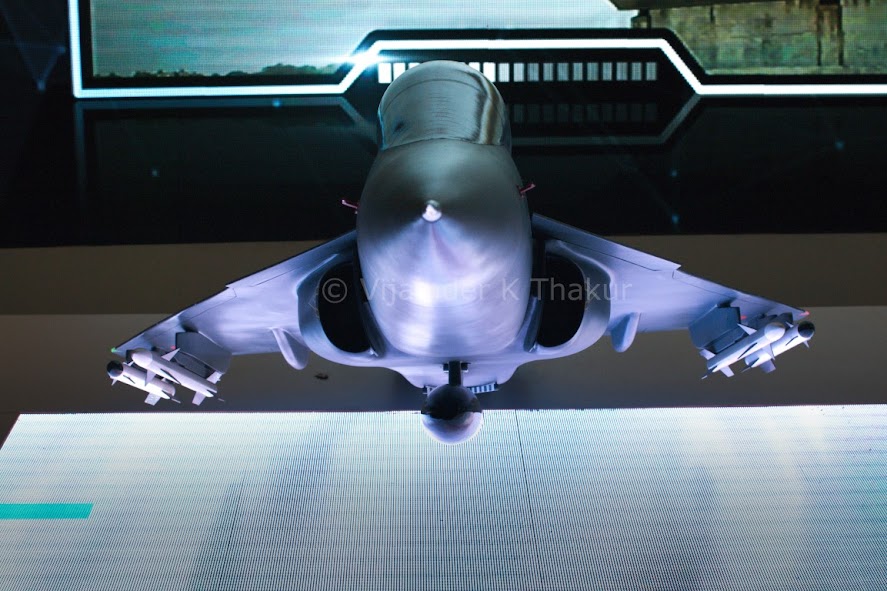

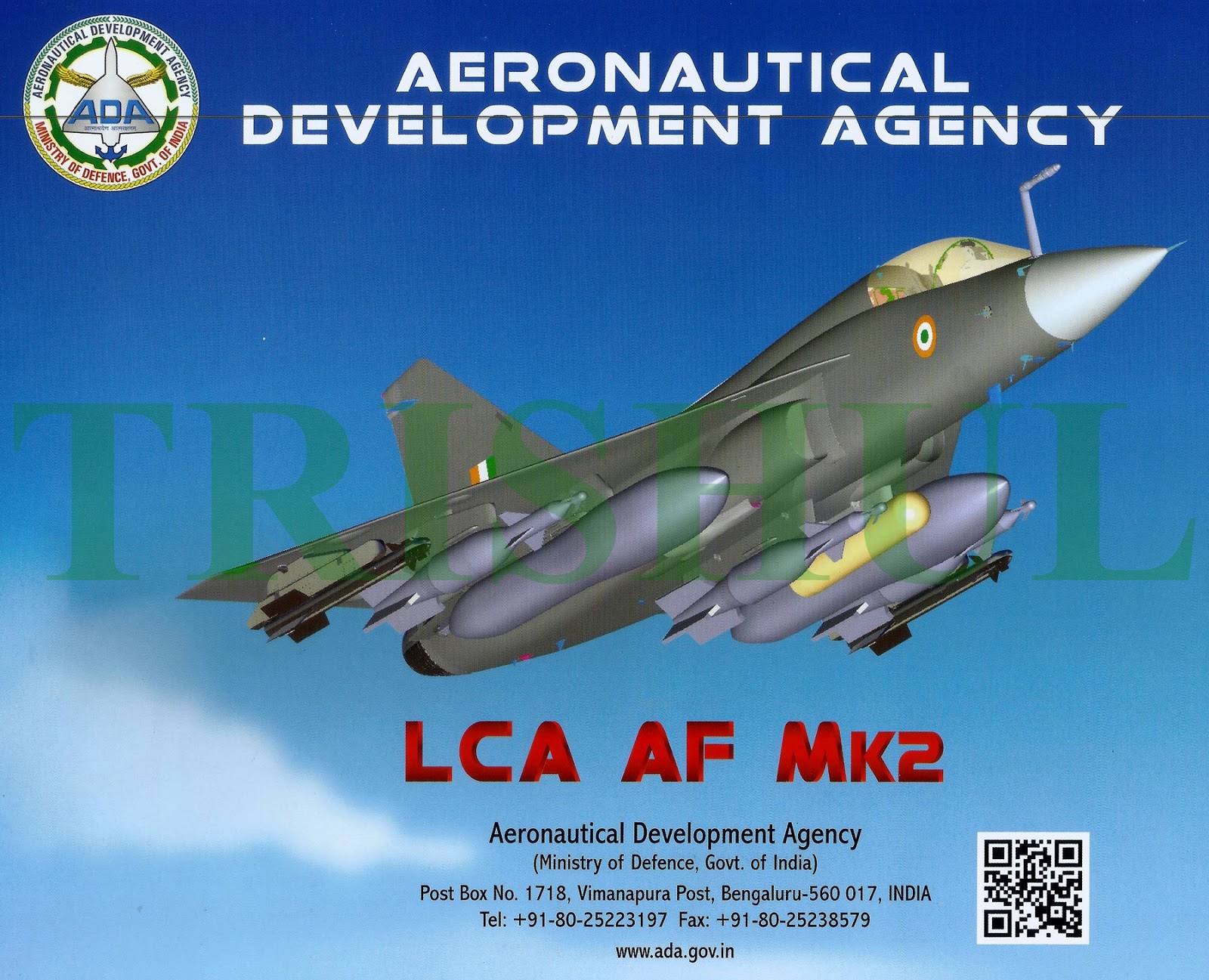
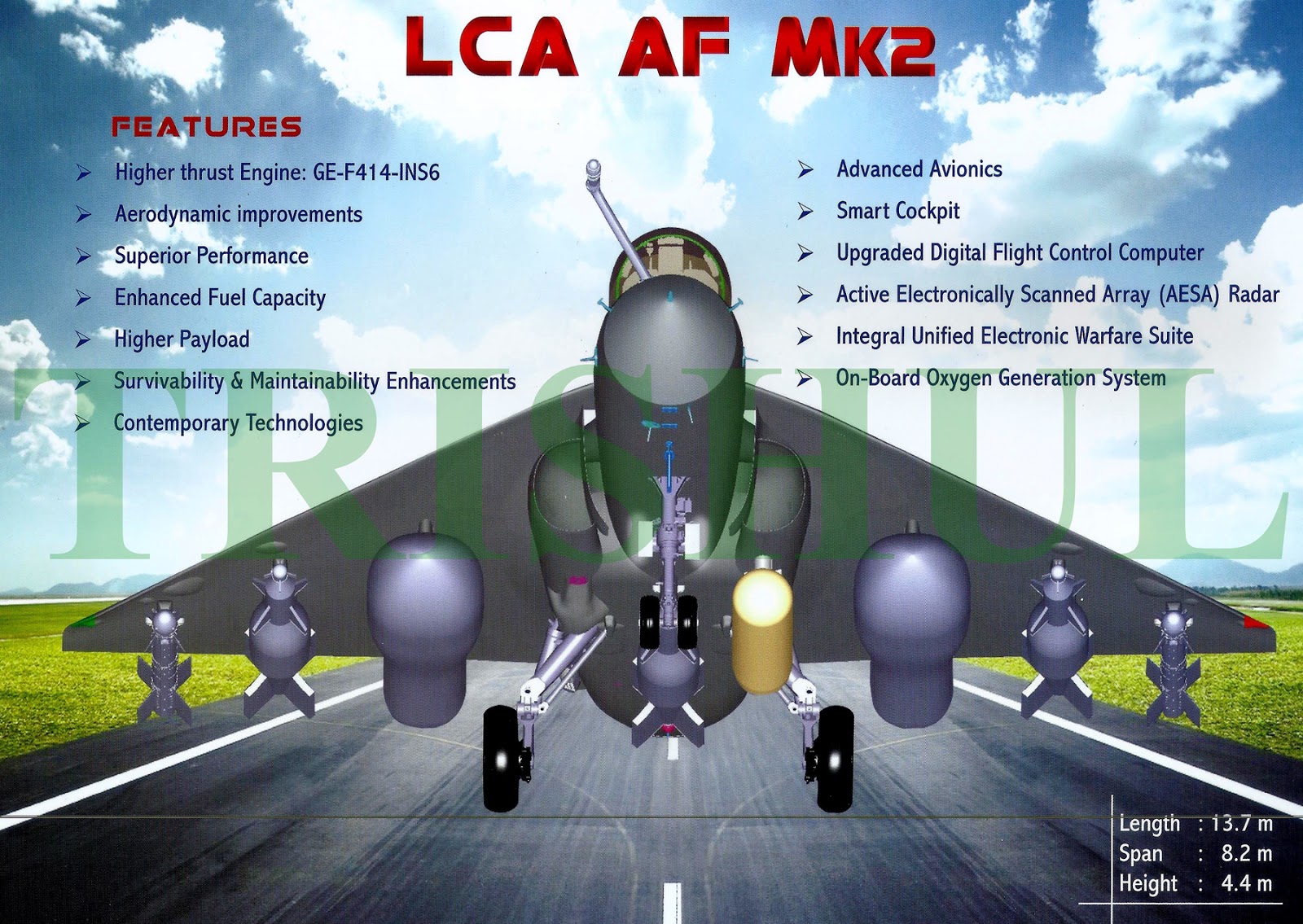
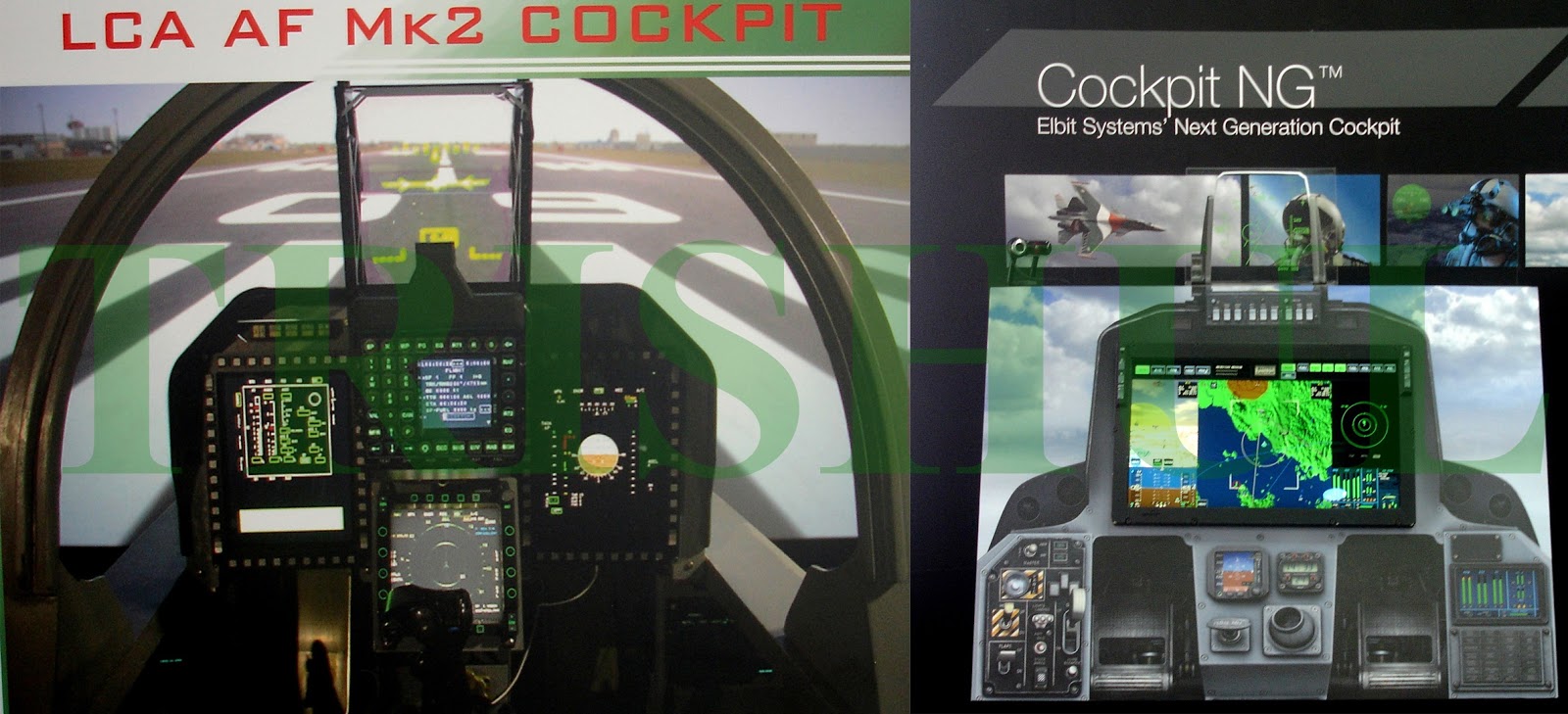

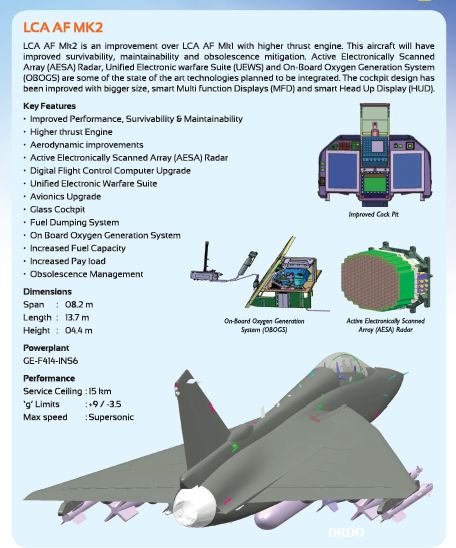



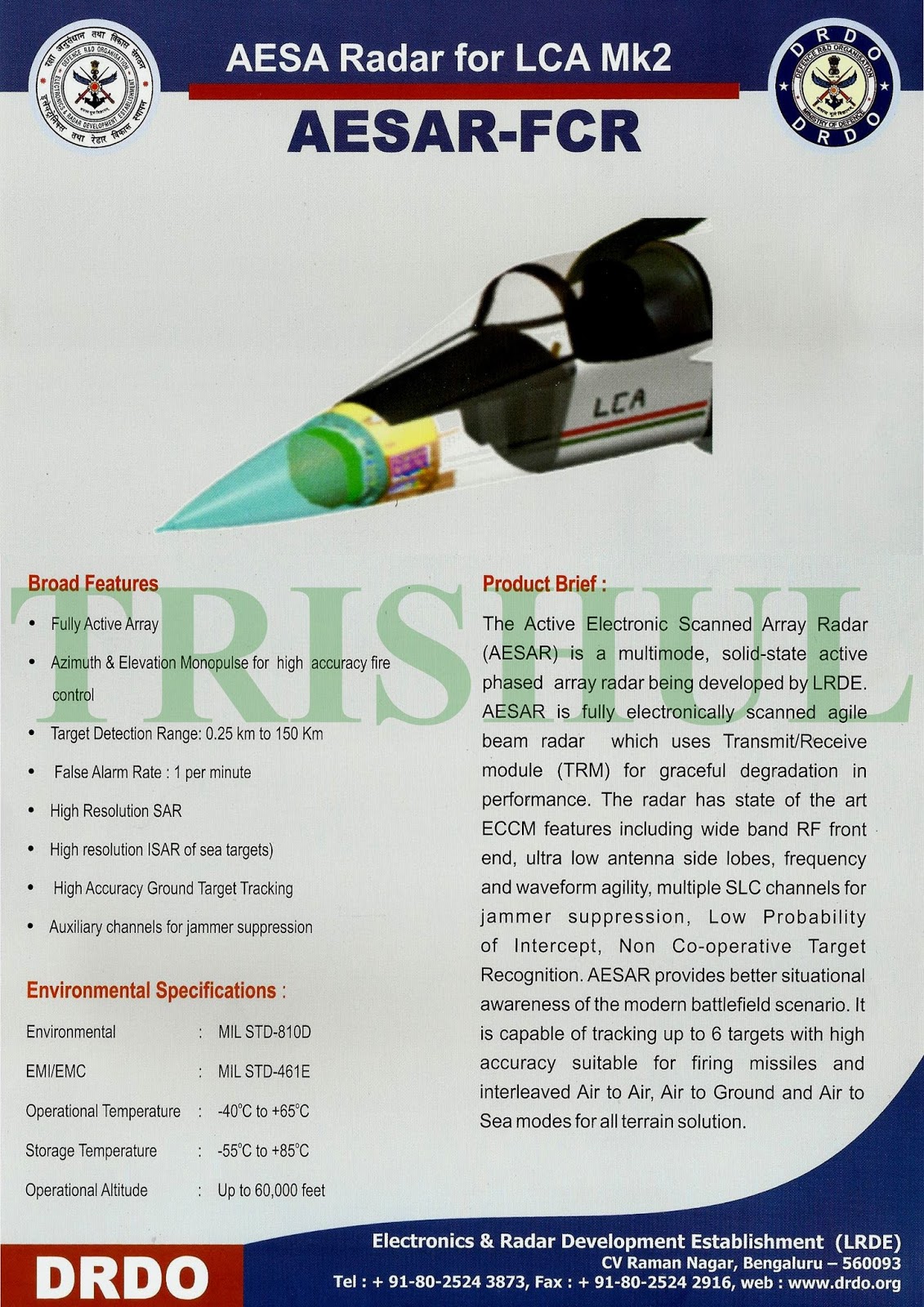














Saurav Jha is the Editor-in-Chief of Delhi Defence Review. Follow him on twitter @SJha1618
The recent withdrawal of the move to import 114 ‘single-engine fighters’ (SEF) by India’s Ministry of Defence (MoD) opens a window of opportunity for the Aeronautical Development Agency (ADA), controlled by the Defence Research & Development Organization (DRDO), to rekindle its effort to develop a MK-II variant of the Tejas light combat aircraft (LCA). Because, even though reports suggest that MoD is planning to replace the SEF competition with a larger competition that will see both single and twin- engined jet fighters in contention (in a manner reminiscent of the failed multi-role medium range combat aircraft (MMRCA) tender from a decade ago), the most realistic way to augment the Indian Air force’s (IAF’s) combat strength continues to be the building of more Tejas variants, as we have argued before. As such, it is now time for DRDO to use its internal allocations to fund the further development of the Tejas MK-II, with full support from MoD, in order to be future ready given that fighter import tenders take a lot of time in India and may never actually reach fruition, judging by recent experience.
The MK-II design must return
ADA, has long proposed a Tejas MK-II with a more powerful engine than the baseline MK-I, as well as aerodynamic refinements, to address the IAF’s 1995 air staff qualitative requirements (ASQR) with respect to kinematic performance. After all, one of the regrets of the IAF has been the fact that the MK-I design does not meet the ASQR in terms of sustained turn rate (STR), transonic acceleration and climb rate. The developers of the Tejas, i.e. ADA, however believe that the MK-II design, which will also incorporate a pair of canards, will be able to address MK-I’s shortfalls in terms of aerodynamic performance. The 1995 ASQR apparently requires a STR of 18 degrees (same as the F-16’s) and Mk-II will close in on that. The climb rate will also be more or less satisfactorily reached. Transonic acceleration is expected to be realized fully. Moreover the Mk-II airframe will be able to reach a top speed of Mach 1.8 at altitude.
Development work on MK-II had been progressed by ADA over the years as part of the overall allocations for the LCA programme. Currently, ADA’s work on the Tejas is being financed via the LCA Phase-III project which was sanctioned in November 2009 with an allocation of Rs 2431.55 crores and is scheduled to be complete by December 2018. Most of this allocation has gone towards developmental activities related to achieving operational clearances for the MK-I design as well general development work on the Tejas design family (Air force version). However, while funds from this allocation have helped advance the Tejas MK-II design to a level where the ‘inboard’ i.e the complete layout for Mk-II is ready and plenty of wind tunnel work into adding a pair of canards has also been done, it is not enough for ADA to develop a pair of MK-II prototypes. For that, fresh allocations are required.
Now while the SEF proposal was in vogue, there was this general belief in the fighter development community in India that there was perhaps no point in pursuing the Mk-II variant, since it was unlikely to receive orders given that the IAF seemed to be keen on importing a fighter in the same class instead. However, with the SEF proposal going nowhere and its successor unlikely to yield early returns either, the time is ripe for DRDO to fund ADA on its own to develop a pair of MK-II prototypes. The finance wing of India’s MoD must greenlight such an effort along with the total support of the Defence Minister. Development work on the MK-II has progressed sufficiently for ADA to achieve first flight with a prototype within 2-3 years of funds being allocated.
ADA’s confidence with respect to this timeline also stems from the fact that modifications to the 98 kilo newton generating F414-GE-INS6 (F414), in order for it to fit the MK-II design, have already been certified by the Center for Military Airworthiness and Certification (CEMILAC). What is more, eight of the 99 F414 engines ordered by ADA earlier have already been delivered to it by GE. Clearly, ADA now has some engines waiting for an airframe, i.e MK-II. The F414-GE-INS6 is course more powerful than the F-404-GE-IN20 engine that currently powers MK-I.
Moreover, the Mk-II design has some 25-30 percent commonality in parts with MK-I and these parts (i.e not requiring any modification) are already in production. For the MK-I parts that have to be replaced, thousands of new drawings have being worked upon jointly by DRDO- Hindustan Aeronautics Limited (HAL) along with the private sector and these are now ready. Clearly, the stage is set for the early creation of two prototypes that will probably cost some Rs 3000-4000 crores and can be funded by DRDO directly. Once the efficacy of this effort is demonstrated to the ‘user’ i.e the IAF, they can fund the rest of the development effort all the way to certification which is expected to take 2 years from first flight. If sanctioned early this year, Tejas MK-II could be easily be in production by the time HAL finishes producing the last of the 83 Tejas MK-1A for which it recently received a request for proposal from the IAF. The IAF is of course fully aware of the nature of Tejas MK-II given that it has positioned 23 officers to support the overall Tejas program and according to sources ADA has had several discussions with the IAF about it.
Not just more agile
While the Mk-II design is expected to achieve a 5 percent improvement in drag characteristics through ‘production improvements’ related to further streamlining (reduced contour variations etc) of the Mk-I airframe, it is actually a step up from the baseline MK-1 and even the improved MK-1A in other ways as well.
With only 25-30 percent parts commonality with Mk-I or Mk-IA, MK-II will have many modernized line replace units (LRUs) which will serve the purpose of both obsolescence management and improved maintainability. MK-II will also have a higher maximum take-off weight reflected in the carriage of more on-board fuel thereby increasing endurance. (endurance will also be helped by its better aerodynamics).MK-II will have a new indigenous flight control computer and will see refinements in the control law for the LCA design as well.The glass cockpit for the Mk-II is going to be new as well. For one it is going to feature bigger 8 x 12 inch displays rather than the 5 x 5 and 6 x 6 inch displays currently featured in the MK-I cockpit. A prototype of the Mk-II cockpit already exists. The MK-II displays are likely to be supplied by India’s Samtel.
While HAL is looking to outfit MK-1A with an imported active electronically scanned array (AESA) and a foreign self-protection jammer, MK-II should fly with the indigenous Uttam AESA being developed by DRDO’s Electronics and Radar Development Establishment (LRDE) and the ‘unified electronic warfare suite’ (UEWS) created by the Defence Avionics Research Establishment (DARE), another DRDO lab, in partnership with Israel’s Elisra. Uttam, which weighs 120 kg, has been put through extensive ground evaluation by LRDE and is reportedly ready for integration onto a Tejas test vehicle. UEWS is currently undergoing tests on the Tejas PV-6 prototype vehicle.
A modular ‘Make in India’
Not only is MK-II supposed to be a superior product in terms of performance, it will also lend itself to being produced quicker, as is the need of the day. ADA has done of a lot of work together with HCL with the objective of making the Mk-II design ‘modular’. In this modular scheme of things, HAL as the integrator will receive 8-10 Tejas MK-II ‘modules’ as sub-assemblies from domestic private companies such as L&T and will then put them together to build a complete aircraft ready for checkout and flight testing. Each of these module suppliers will therefore be ‘Tier-I’ suppliers to HAL and will receive LRUs from Tier-II suppliers (w.r.t to HAL) for integration into the modules, which will then be dispatched to HAL. According to Dr K.Tamilmani, former Director General Aeronautics, DRDO, ‘The idea is to ‘terminate’ things like electrical looms, hydraulic pipes, fuel line pipes etc. at the module level which can then be connected with other such modules.’
Of course, for the Tejas Mk-II program to be an all-round success in the industrial sense, the time has come for India to get GE to produce the complete F-414 engine on Indian soil in association with a domestic partner. In this light, the setting up of a joint venture between GE and Tata Advanced Systems Limited (TASL) in Adibatla for the manufacture of various components of GE engines looks like a timely development. This JV which will see the setting up of tooling that can produce F-414 parts, can be encouraged by the Indian Government to take on the production of the entire F-414 engine under manufacturing know how transfer from GE.
The F-414 can actually be retro-fitted onto the Mk-I/IA airframes also since the existing intake of these aircraft can can easily handle the additional mass flow from the F-414 as compared to the F-404. Of course, other modifications to the Mk-I/IA airframe will be required for this purpose. In the course of its lifetime any single engined jet fighter needs about 3.5 jet engines. So a hypothetical run of at least 200 Tejas MK-II in addition to the 123 Mk-1/1A (modified to field the F-414) that are on order will mean that the IAF’s future fleet will require north of 1100 F-414 engines in the course of their service life. Clearly, GE should not have any compunctions in transferring know how for even the F-414 core for an order of that size. Perhaps, the India-US ‘joint working group on jet engine technology’ should burn some midnight oil to explore this potential.
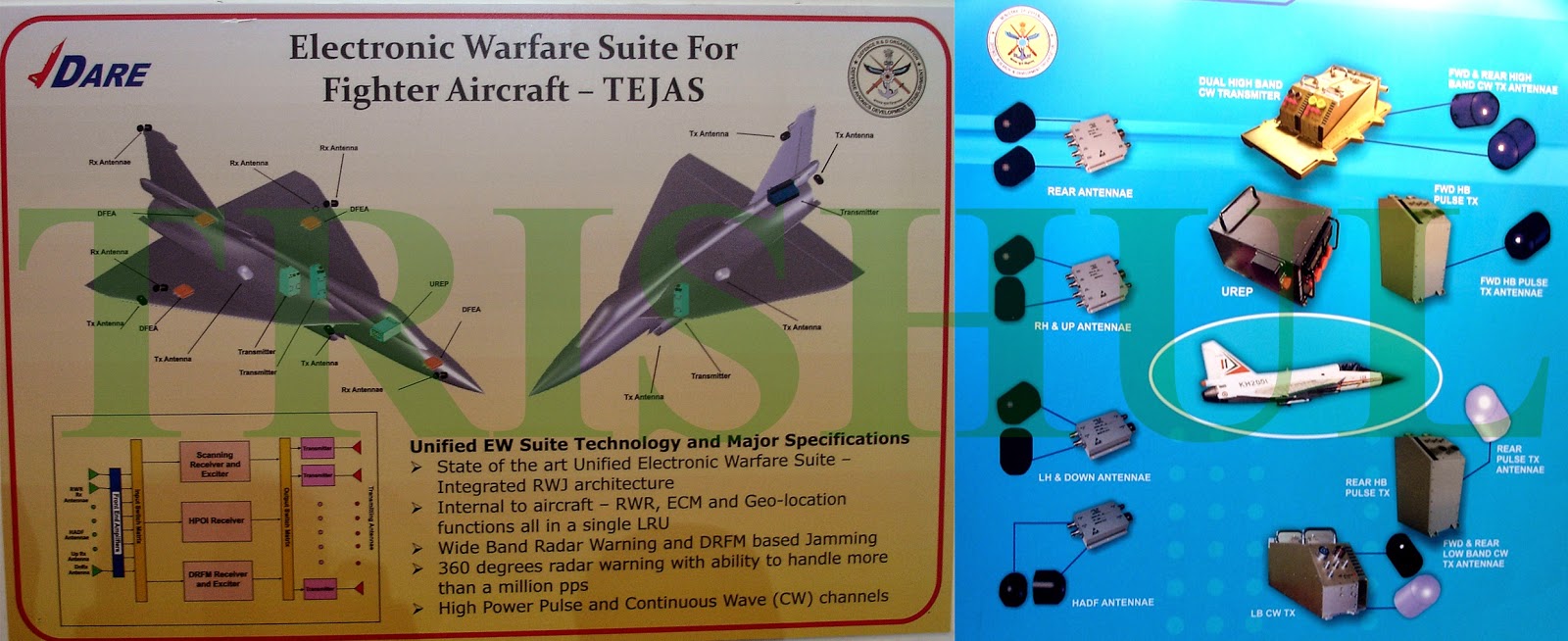
This was a part of the plan for the navy mark 2 version. That is in trishanku swarga though.putnanja wrote:Is there any plans to move the undercarraige outwards so that it frees up more space for fuel in the center wingbox in Mk-II?
Makes sense.. btw, GE is facing $1.3b accounting hurdles.. it is the best time to bargain before hearingsRakesh wrote:SaiK: he is talking about transferring manufacturing know how aka screwdrivergiri, not tech know how.
Development work on the MK-II has progressed sufficiently for ADA to achieve first flight with a prototype within 2-3 years of funds being allocated.
Mk2 was an enigma until very recently (late 2017). A lot happened since 2008 ---> Episode I - MMRCA (launched in 2007 and lumbered on till Sept 2016), then Episode 2 - SEF (launched in 2017 and ended in Feb 2018) and now Episode III (restart of MMRCA contest). In the middle of all that, how can one expect Mk2 to survive? See below...Aditya_V wrote:But seriously, MK-2 has been talked about since 2008, and we dont have funds sanctioned for TD's yet?
How long did it take the geniuses in the MOD to figure that out. Why is action not being taken against those responsible for delays in indigenous procurement. The simple reason is that everyone has a finger in the import pie.Rakesh wrote:Aditya_V wrote: https://twitter.com/manupubby/status/968145421813145600 --> Strangely, defence purchases from foreign vendors being processed much faster over schemes meant for Indian companies - MoD Report.
And would you believe that the IAF would offer a fair and impartial evaluation of an indigenous program when they could instead go in for a fighter of a bigger class with more range and payload from abroad? They would raise similar arguments to the kind that we had seen earlier that compared the F-16 with the LCA Mk1 and said that the F-16 had longer range, more payload and greater endurance. Of course! because the IAF asked the Tejas to be built as a MiG-21 replacement, not a F-16 analogue!JayS wrote:If I were the Govt who sincerely want to push domestic MIC, I would ask ADA to take part in MMRCA 2. Take 3-4yrs to get to trial stage meanwhile fully supporting ADA to get a prototype flying and then selecting MK2 as MMRCA eventually. It shouldnt be that difficult if everyone agrees that all the power lies with MoD only. Its no brainer to tweak tender to suit for MK2 and no political party would oppose selection of MK2 later. If IAF is happy with Gripen E, they will be more than happy with MK2. But of coarse I do not see GOI driving it the way they are driving prohects in other fields. Of coarse there are lobbies and babus and perhaps a ha dful corrupt AF officers trying to derail the whole thing, but if Modi himself puts his weight behind such initiative these things can be dealt with I feel.
Pray tell what heft HAL carries to knife MOD initiated SEF?Rakesh wrote:Under the procurement plan sub-heading, it appears that HAL may have knifed the SEF contractThey realized that if this deal went through, they were going to get no orders and thus they killed it.
Also by opening the competition to all, our Defence Minister appears to have played a chanakya move
This is not how it is and you are mistaken. What guarantees that next DM won’t change this after 2yrs. What a joke.ramana wrote:Kudos to Karnad for saying it like it is.
I would like to believe that. And as Dejay and Akshay Sir has pointed out many, IAF has no real power. All power rests with MoD. Some crooked elements within IAF might try hard to stop Tejas, but I don't think they can stop a fully commited GOI.Kartik wrote:And would you believe that the IAF would offer a fair and impartial evaluation of an indigenous program when they could instead go in for a fighter of a bigger class with more range and payload from abroad? They would raise similar arguments to the kind that we had seen earlier that compared the F-16 with the LCA Mk1 and said that the F-16 had longer range, more payload and greater endurance. Of course! because the IAF asked the Tejas to be built as a MiG-21 replacement, not a F-16 analogue!JayS wrote:If I were the Govt who sincerely want to push domestic MIC, I would ask ADA to take part in MMRCA 2. Take 3-4yrs to get to trial stage meanwhile fully supporting ADA to get a prototype flying and then selecting MK2 as MMRCA eventually. It shouldnt be that difficult if everyone agrees that all the power lies with MoD only. Its no brainer to tweak tender to suit for MK2 and no political party would oppose selection of MK2 later. If IAF is happy with Gripen E, they will be more than happy with MK2. But of coarse I do not see GOI driving it the way they are driving prohects in other fields. Of coarse there are lobbies and babus and perhaps a ha dful corrupt AF officers trying to derail the whole thing, but if Modi himself puts his weight behind such initiative these things can be dealt with I feel.
Only RFI was put out AFAIK. Nothing concrete like a ASQR, other than it had to be a single engine fighter.SaiK wrote:Do we have a handle /links to SEF ASQR s?
Both engine development programs - Kaveri88 and Kaveri200 - are kept tightly under wraps. Nothing is announced until something concrete has been achieved. Too many hands in the pot will ruin it. Let folks speculate, let us do our job quietly and at the end of the day....show us a finished product. That is what Safran and RR are doing.SaiK wrote:RR was in the picture too. no? EJ200
Where is the Lungi dance icon when you need it. As Mogambo would say - "Mogambo khush hua". Glad to see a NSA and RM with balls!! Could not have said it better.Rakesh wrote:Its time for folks to start calling up their chaiwallahs
Govt shelves $10-b single-engine fighter jet deal, to push for Tejas
https://www.thehindubusinessline.com/ec ... 859624.ece
After much dithering the government has finally taken a decision to shelve the $10-billion project on procuring only single-engine fighter from foreign vendors even as it plans to push for Tejas Light Combat Aircraft Mark-2 for the Indian Air Force, .............
....... Keeping in mind the requirement of the Indian Air Force (IAF), the government has decided to push for the home-grown Tejas Mark 2, which is much cheaper than F-16 Block 70 or Gripen E, given the paucity of financial resources even as the government continues to face political heat over procuring 36 French Rafale jets off-the-shelf.
.................“We need to have an India-made plane where the design is ours, the intelligence inside the aeroplane is ours while we can source some of the components globally.But importing a whole plane is regressive. We just cannot end up strengthening the foreign aerospace industry while looking down on your own,” said Bharat Karnad, Research Professor in National Security Studies, Centre for Policy Research.
A real number will probably never be available. It was probably higher than 657 - also purchases of units manufactured in Roos would boost that number. An ultimate LCA force of 400 aircraft in a 1000+ IAF would be great.SaiK wrote:Wiki says 657 Mig 21s were built in India. I dont know exact numbers in operation now but it has significant history with IAF specifically for all of us on the kills against Pakis.
LCA taking over that history with a new history to be made is something everyone will be caught up too. And of course our enemies would love LCA not to take up as Mig replacement/ displacement. And there is this love towards firang maals too.
SEF, imho is LCA landscape. We now have to see who or which power wants to unsettle this market. Some names never get mentioned over security reasons... so let's keep it that way.